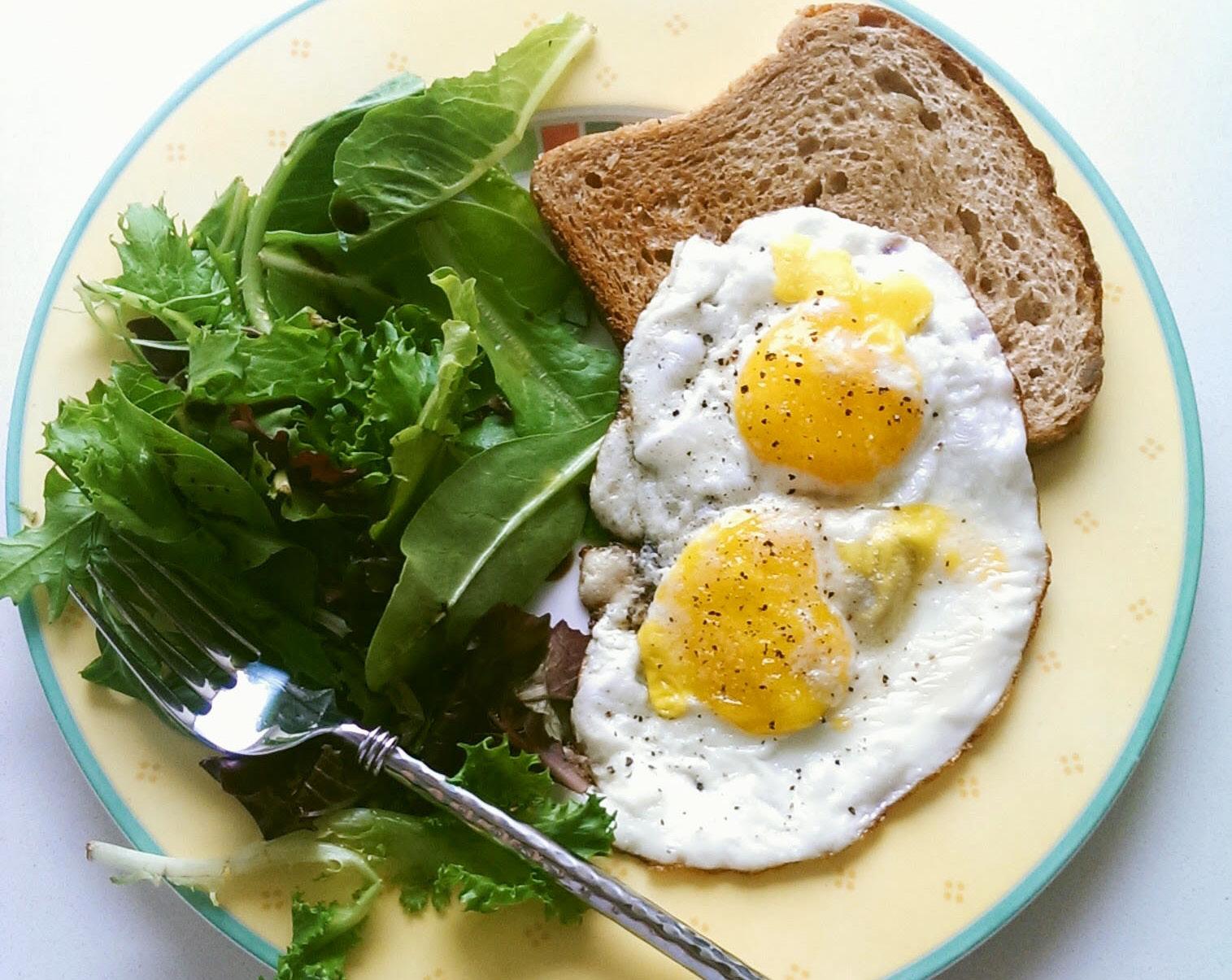
4 minute read
Brunching Green
from Going Green
by Julie Thompson
Brunch is much more than just a meal. It can be something to get dressed up for, a reason to stop lazing around in bed on Sunday morning, or an exciting and thoughtful way to show your friends how much you appreciate them. Although I can’t deny that Carriage House Cafe or Waffle Frolic are great places to brunch, a meal is even more special when you create it yourself, taking the time to bring together each ingredient into a medley of flavors. Building brunch from scratch can be an intimidating process. Not only do brunchers face the challenge of cooking, but they have to worry about how much money to spend, how much food to cook, how to balance health with sustainability, and even how to make their brunch spreads Instagram-worthy. As someone who has spent quite some time mulling on the finer intricacies of brunching, I’ve put together my reccomendations on how to beat these common challenges.
Advertisement
Brunch can be a truly decadent meal, and if that’s what you’re in the mood for, please do not let me stop you. However, brunching doesn’t always necessitate pancake stacks drowning in syrup.
Why not opt for a greener option?
Roasted veggie and grain bowls are great for brunch, and they’re delicious and easy to make - just chop up whatever veggie you have on hand (My favorites are carrots, eggplant, and asparagus), drizzle with olive oil, season with salt, pepper, and thyme; and pop them into the oven until tender. Once you have these, make up the base of your bowl by cooking your favorite grain, like rice or quinoa. Toss your vegetables on top of the cooked grains and top with a poached egg for a healthy, colorful brunch.
Making brunch has an aura of expense around it. It’s a fancy meal, often pictured with mimosas and plates of colorful food. However,
brunch doesn’t have to use up all the greens in your wallet.
One of my absolute favorite brunch dishes on a budget is challah french toast. It’s simple yet impressive when you serve it up to your guests, and toppings can make it delicious for everyone. French toast ingredients are often what you’d already have in your pantry: eggs, milk, and bread. I like to keep cinnamon and vanilla on hand too (these simple ingredients can really elevate your French toast!). Challah from Wegman’s is $5.50 per loaf (pro-tip, have them slice it for you to save yourself a mess of crumbs and unevenly sliced bread) and is a delicious option. Toppings, depending on how you stock your pantry, may be something you already have on hand as well. I like to put out maple syrup, nutella, and some fruit. Fruit and the challah bread were the only real expenses when I made this meal, keeping brunch for 5 under $15.
While feeding a crowd, make one big frittata (basically a big baked omelette) to save money. This dish is customizable and can often take advantage of ingredients you already have. My go-to, fail-safe frittata is made up of eggs, milk, spinach, feta, and some fresh dill.

PHOTOS: ABBY REING

As sustainability becomes increasingly important in our lives, it’s important for us all to do our part to help the earth. Although we don’t often look to brunch as a way to lower our carbon footprints, there’s no reason why we shouldn’t make little efforts whenever we can. Producing a pound of beef takes 100-200 times more water than producing a pound of plant foods. While totally cutting meat and animal products from your diet can be out of reach for many, cutting back on the amounts we eat still makes a difference. Not to mention, cutting meat from your grocery list can save you a pretty penny!
There is no denying how delicious and customizable avocado toast can be for brunch. You can add a base of hummus and top with grape tomatoes or sprouts for color, crunch, and flavor. Another way to cut out animal products is to opt for the sweeter side of brunch. I love to use my ever-coveted Instant Pot to make a big batch of oatmeal and then guests can top with whatever fruits are on hand, peanut butter, or some honey. You could do the same with smoothie bowls, for a brighter refreshing twist.
Sustainability can go beyond what you eat. Limit your plastic when you’re in the grocery store shopping for brunch ingredients. Bring your own bags, but also skip the small plastic bags in the produce section. If you’re cooking brunch in a dorm, some residential halls have a communal compost bin so check those out! And if your dorm doesn’t have one yet, reach out to your RA and Residential Sustainability Leaders at Cornell to try to set one up to benefit you, your fellow brunchers, and the earth.










